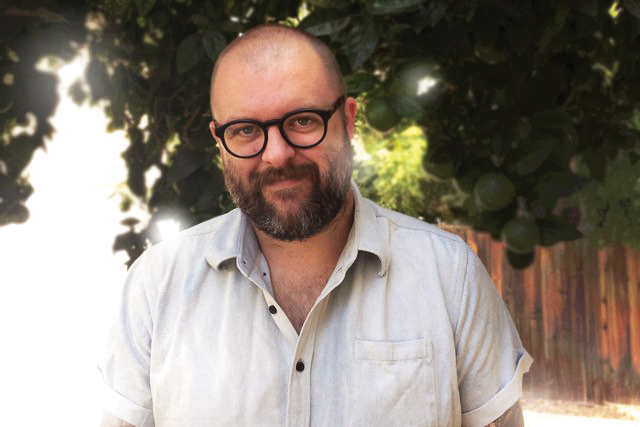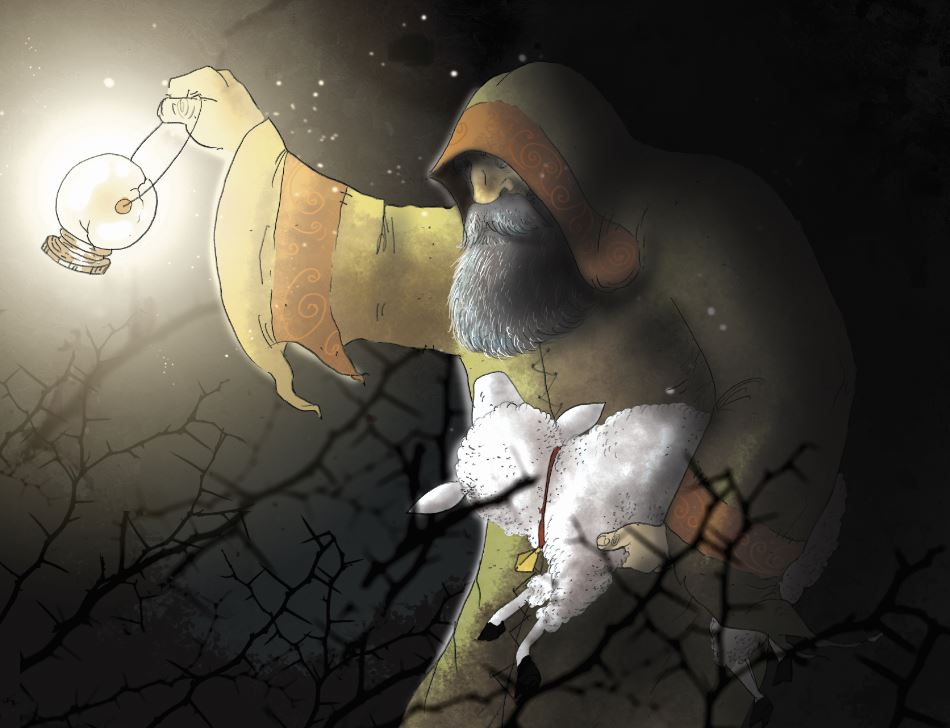Lets just get this out of the way now…
What I am about to write will surely frustrate half of my readers, and probably confuse the other half…especially the parents.
I want to open up the conversation about the place of horror and fear within children’s literature.
Essentially, should we be reading to our young children tales of hauntings, creatures that lurk under the bathtub and things that go bump in the night?
I give a resounding yes. Fear must have its place.
As a children’s author and illustrator with two young children myself, I was growing weary in reading Christian/theological children stories that we’re coated in morality and pastel hues. Another watered down children’s Bible where Jesus is a white American, teaching children not to lie or you’ll disappoint God. Scripture is full of reality and themes to mature us and our children. Personally, I desired to read children stories with real Biblical stakes attached to them. Themes of sacrifice, sin, loss and redemption. And If I can be honest, most of the critiques I get about my own children stories is that they’re “too scary”. For whats its worth, those are the parents critiques not the children’s.
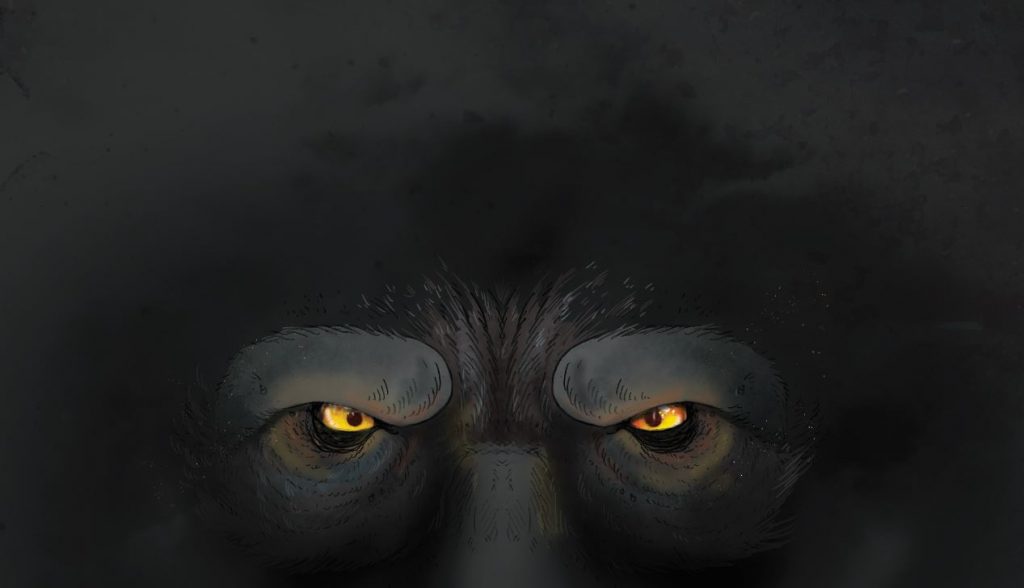
I read recently that shielding children from these themes can become unfair, by leaving them ill prepared for life’s challenges. Much of our role as parents is governing our children in such a way that they can one day self govern, surely discipling them to overcome, fight the good fight and to not fear because the Lord is with us is part of their discipleship?
Think of our history…
Grimm’s Fairy Tales.
Grimm brothers didn’t intend their collection of tales to be for children at all. Originally It was part of an attempt to preserve the true spirit of the German people. But a man by the name of Edgar Taylor, translated the stories in English in the early 1800’s …and guess what? Kids loved them. The rest is history… Today their fairy tales are the undercurrent of most of our childhood experiences. Creating such suspenseful classics as: Rapunzel (Tangled anybody?), Little Red Riding Hood, Snow White, Hansel & Gretel and Cinderella. And as I rattle off these stories, did you notice something? All of the protagonist are children. Children as protagonist in suspense based films has been happening for centuries, and it’s not going anywhere anytime soon. From Danny in The Shining, Elliot in E.T. to the crew in Stranger Things, the children aren’t victims, they’re victorious. This is vital for children to read, experience and accept.
“We make up horrors to help us cope with the real ones.” ― Stephen King
Early monster movies.
Frankenstein, Werewolf, Phantom, Hunchback and the Mummy.
What these films communicate is that the most fearful of any monster, is the human heart. The total depravity of man. The scariest thing about Frankenstein is not his monster, but mans reaction to whats different and unknown. Those who create such thrillers know this, look at what John Carpenter (The Thing) has to say, “There are two different stories in horror: internal and external. In external horror films, the evil comes from the outside, the other tribe, this thing in the darkness that we don’t understand. Internal is the human heart.” Please don’t hear me saying that our children are the real monsters, as much as we’re in need of saving.
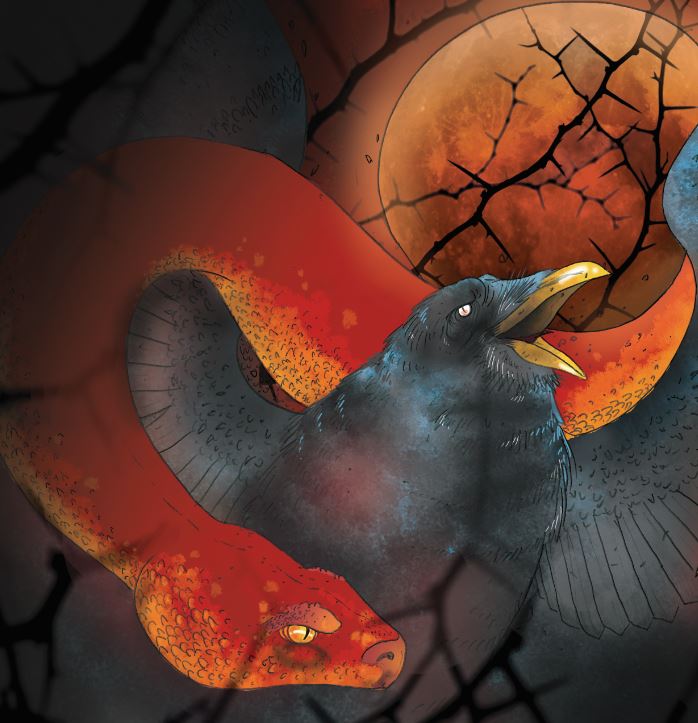
Story teller Guillermo del Toro (Troll Hunters, Hellboy, Pan’s Labyrinth) helps ground my point:
“In fairy tales, monsters exist to be a manifestation of something that we need to understand, not only a problem we need to overcome, but also they need to represent, much like angels represent the beautiful, pure and eternal side. Monsters need to represent a more tangible, more mortal side of being human: aging, decay, darkness and so forth. I feel that monsters are here in our world to help us understand it. They are an essential part of a fable.”
Thriller and suspense is truly the most universal language we have…No matter what, we all deeply share fears of loss, rejection and the unknown. Thats all horror fiction is, it’s tapping into mankind’s (including our children) unspoken fear of the unknown. This is why the dark is often scarier than the monster itself. If thats true, than I’d charge us as parents to explore themes that deal with real stakes in our children’s library which gives all parents an opportunity to engage with them on a much deeper level.
In closing, I’m not vying for our children to sit down and watch all seven of Nightmare on Elm streets with a bowl of ice cream (and can we be honest, more parents are freaked out by sugar than Freddy Krueger). Of course parents are to use discernment in sharing any genre with their children. Just because it’s comedy, doesn’t mean we should show our children. Just because it’s fantasy, doesn’t mean we are to have our children experience it. But, just because it addresses monsters and ghosts, also doesn’t mean we should ostracize it’s value and purpose.
It’s famously noted that scriptures number one mandate is “do not fear, for I am with you”.
Lets use every opportunity we get to be able to share this beautiful truth to our children each and every day.
By C. S. Fritz, author of Good Night Tales: A Family Treasury of Read-Aloud Stories
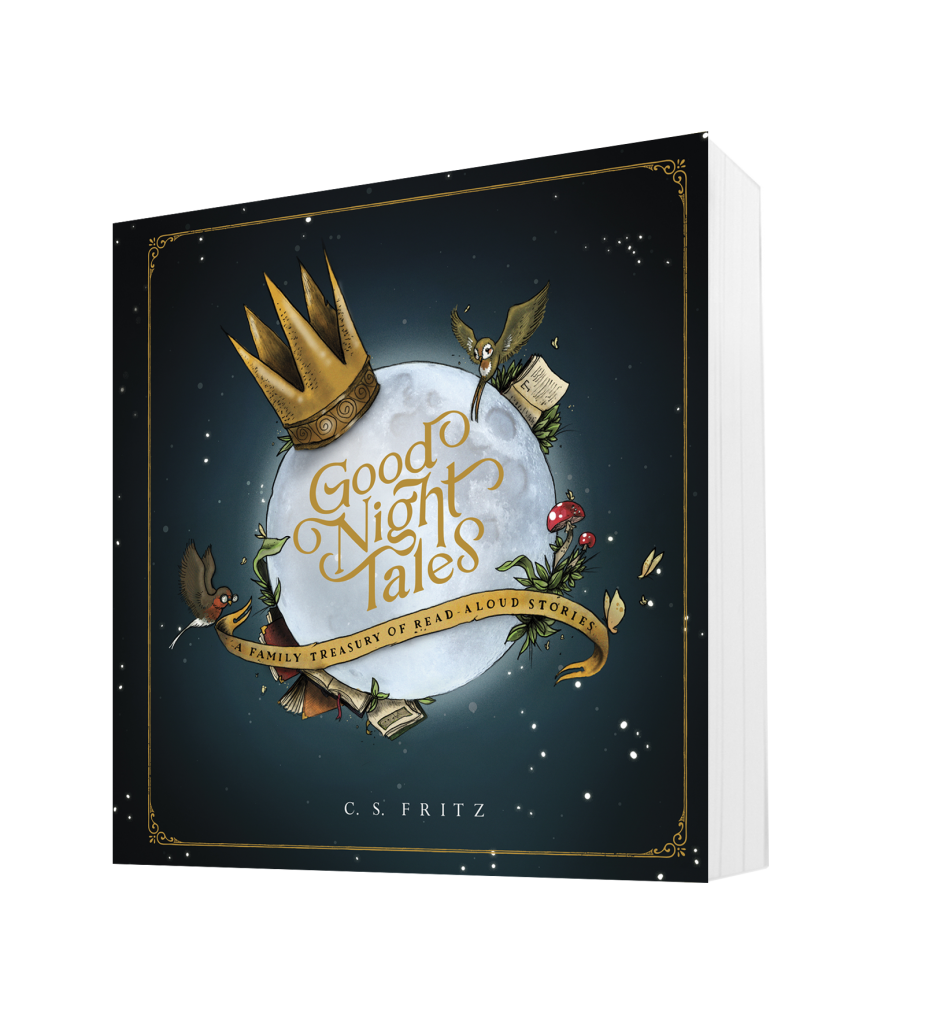
C.S. (Casey) Fritz served on staff with Reality LA before planting Collective Church. In his free time, he draws monsters for fun and profit. (His work has been exhibited in several galleries.) He is the author of Good Night Tales and the Cottonmouth series. Casey and his wife, Emily, have been married since 2005 and have a son and a daughter.
